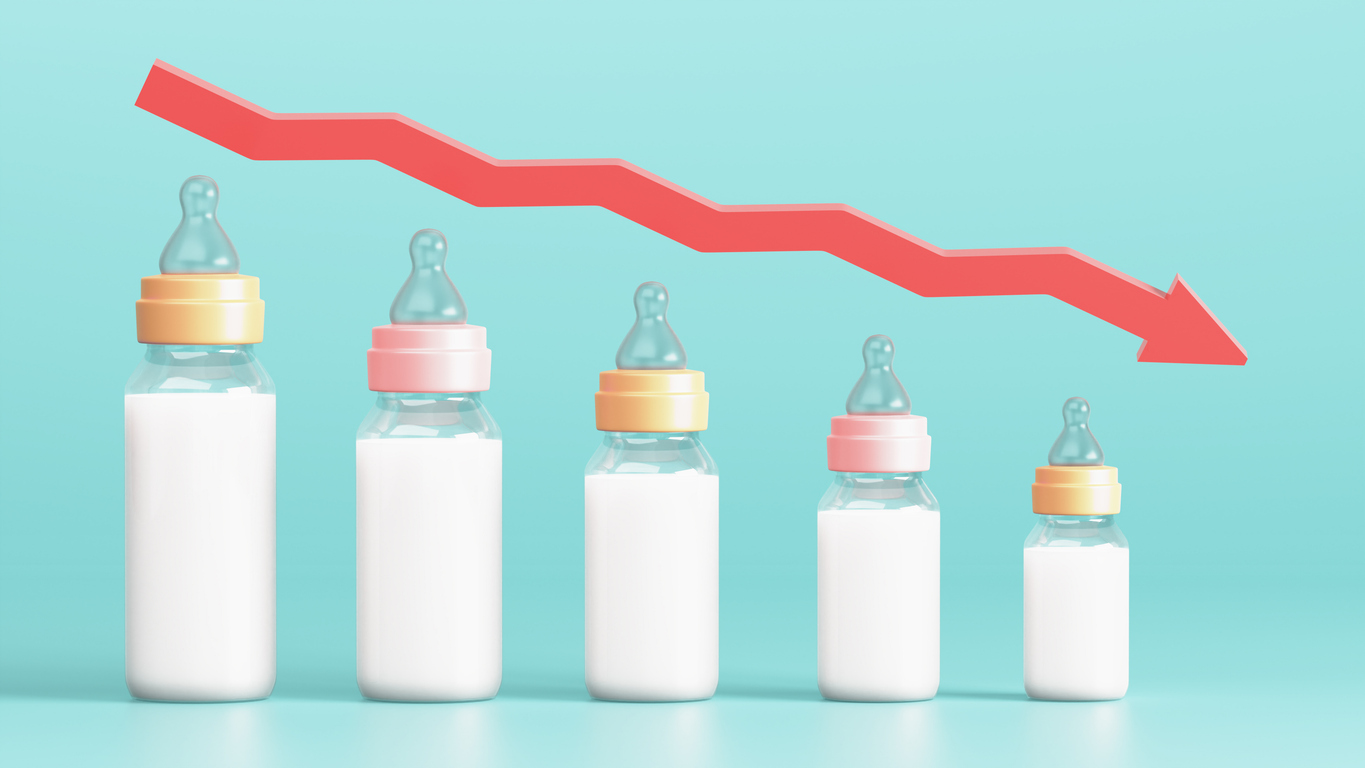
Fertility rate in U.S. hits record low

Federal data released July 24 shows the U.S. fertility rate fell to a historic low of 1.599 children per woman in 2024, well below the replacement level of 2.1.
This decline, continuing for nearly two decades, aligns the U.S. with trends in Western Europe, where women are delaying childbirth or choosing not to have children altogether. Historically, U.S. fertility peaked at 3.5 in the 1960s, dropped sharply after the Baby Boom, briefly rebounded in the mid-2000s and has steadily fallen since.
The Trump administration has responded with policies aimed at boosting birth rates, including expanded IVF access and proposed “baby bonuses,” though experts like Leslie Root, Ph.D., assistant research professor at the University of Colorado's Institute of Behavioral Sciences, argue the trend isn’t cause for alarm.
“We’re seeing this as part of an ongoing process of fertility delay. We know that the U.S. population is still growing, and we still have a natural increase — more births than deaths,” Dr. Root said.
CDC data also show declining birth rates across most age groups, reflecting ongoing fertility delays despite continued overall population growth.
Read more: Associated Press
The article presented here is intended to inform you about the broader media perspective on dentistry, regardless of its alignment with the ADA's stance. It is important to note that publication of an article does not imply the ADA's endorsement, agreement, or promotion of its content.